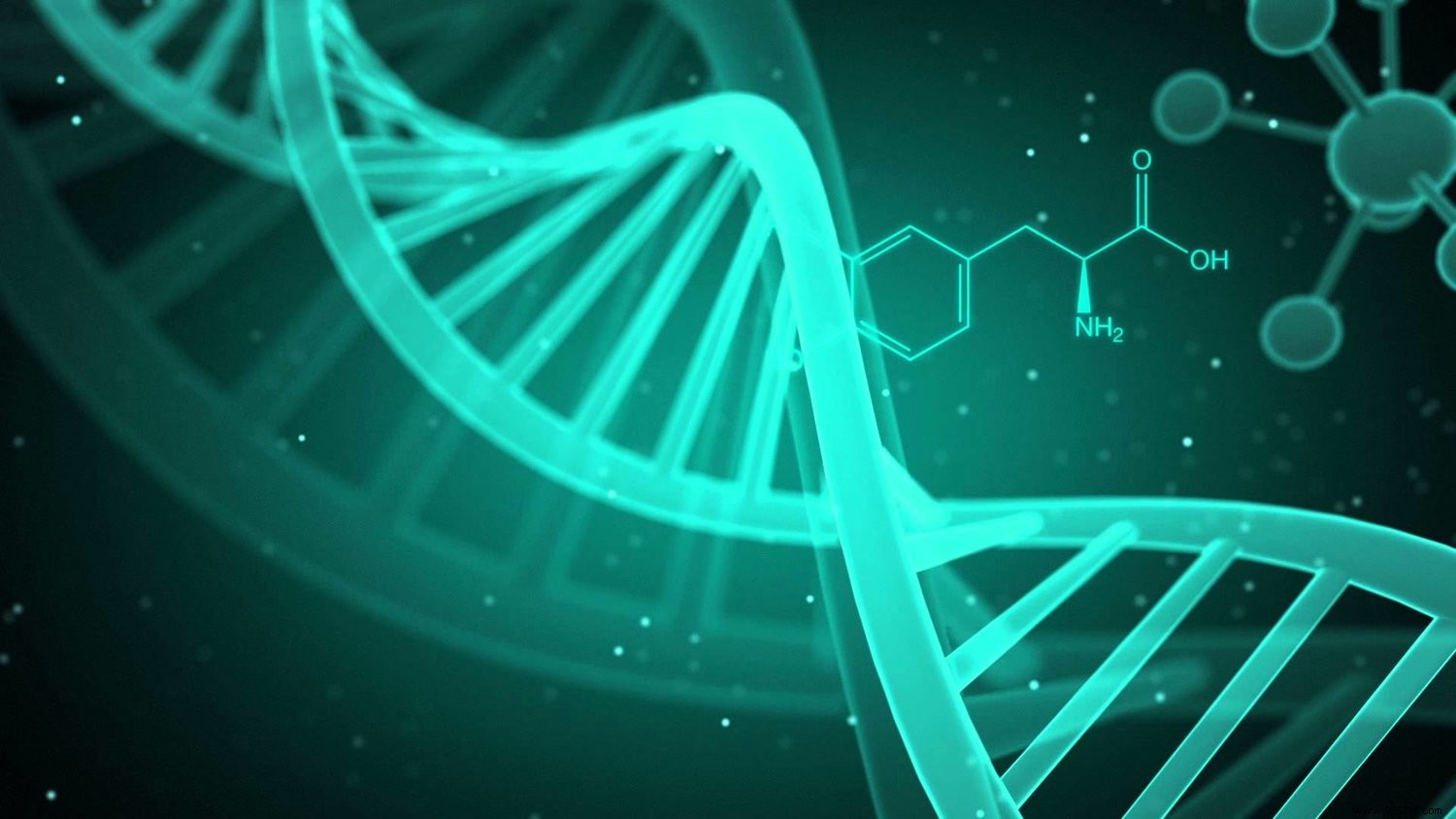A recent Australian study showed that fear alters the shape of the DNA double helix of the prefrontal cortex. However, an enzyme allows a return to normal which is necessary, although fear is an essential survival mechanism.
When mice are frightened, they build memories, leading to DNA changes in the brain . In other words, it takes an unusual form in the prefrontal cortex. As a reminder, this region is, among other things, involved in reflection and judgment. Nevertheless, after the fear event, the brain must return to a normal position. A team of Australian researchers has explained the mechanisms at work in their study published in the journal Nature Neuroscience on May 4, 2020.
Let's first remember that DNA is made up of two strands wrapping around each other to give the famous double helix structure. Just two nanometers in diameter, DNA comes in three different structural forms :DNA-A, DNA-B and DNA-Z. However, you should know that B-DNA is the most common form, the double helix rotating clockwise.
The researchers conducted their experiment on mice and observed a much less common form in them:Z-DNA . Unlike B-DNA, Z-DNA runs counter-clockwise, but is also longer. Indeed, the latter counts 12 base pairs per turn of the helix against 10.5 for B-DNA.

In their research, experts noticed that the amount of Z-DNA increases when mice accumulate fear memories. Thus, they wanted to understand how the return to normal took place, which led them to study an enzyme called Adar1 , known to edit RNA. However, the latter binds to the Z-DNA to make it return to its basic form, namely that of the B-DNA. By inhibiting the action of the enzyme Adar1, scientists were able to understand that without its action, mice were still able to build memories of fear, but that they could no longer free themselves ! In summary, when neurons are under stress, B-DNA deforms into Z-DNA. After the fear event, the enzyme Adar1 allows the return to normal, an essential role.
This research has allowed researchers to develop a hypothesis regarding post-traumatic stress disorder (PTSD) as well as phobias in humans. According to them, it would be a question of an inability to reset the state of the DNA structure . In other words, the genes associated with the original fear can be more easily reactivated. This can have undesirable consequences such as a more intense return of this same fear accompanied by a virtual inability to control it. In the end, the panic fear reactions could be explained in this way.
Scientists are continuing their research and are working on a way to target specific regions of the brain genome . The goal? Quickly recover from emotionally significant events and fuel a kind of resilience in the face of a return of the original fear.